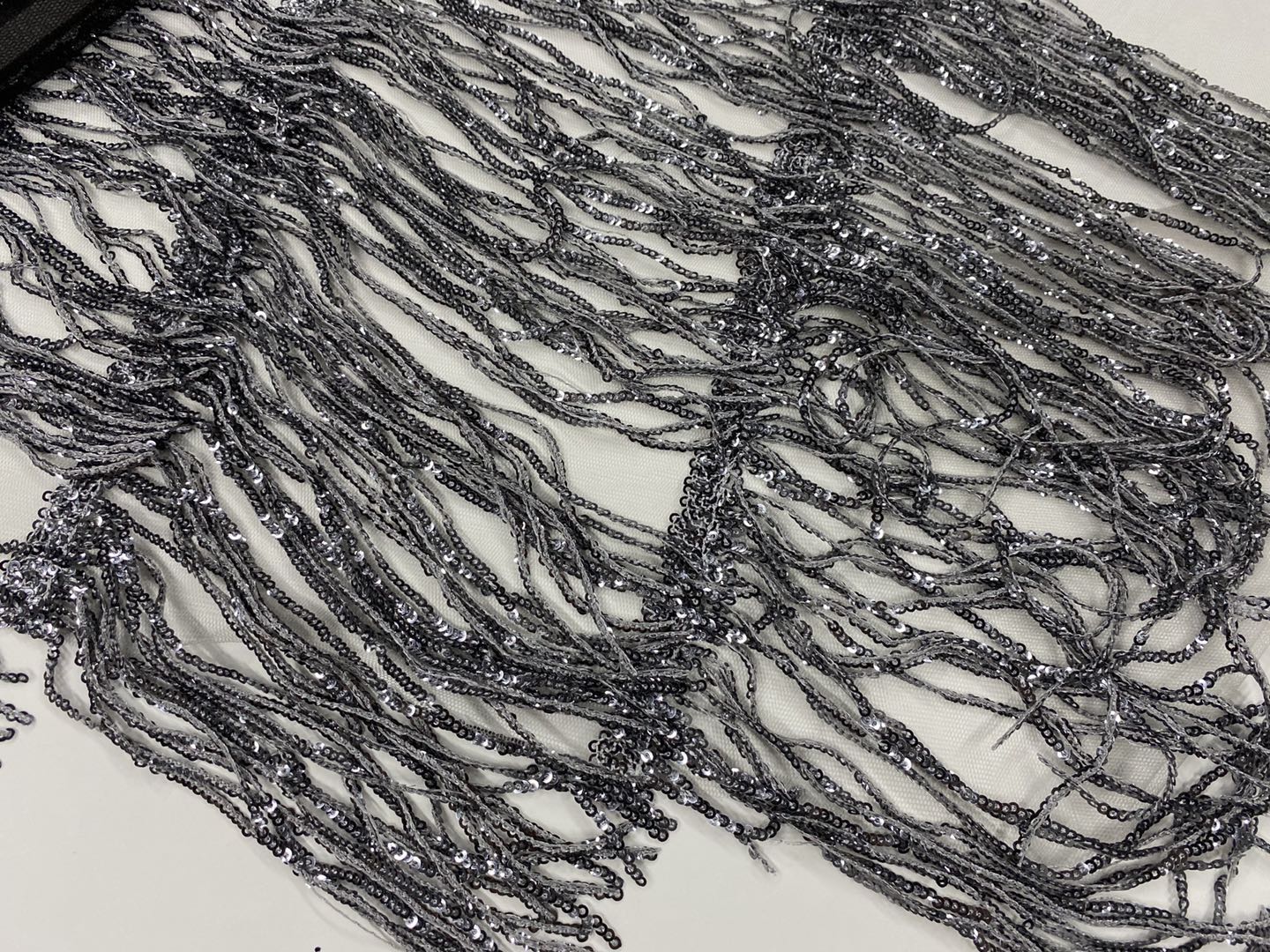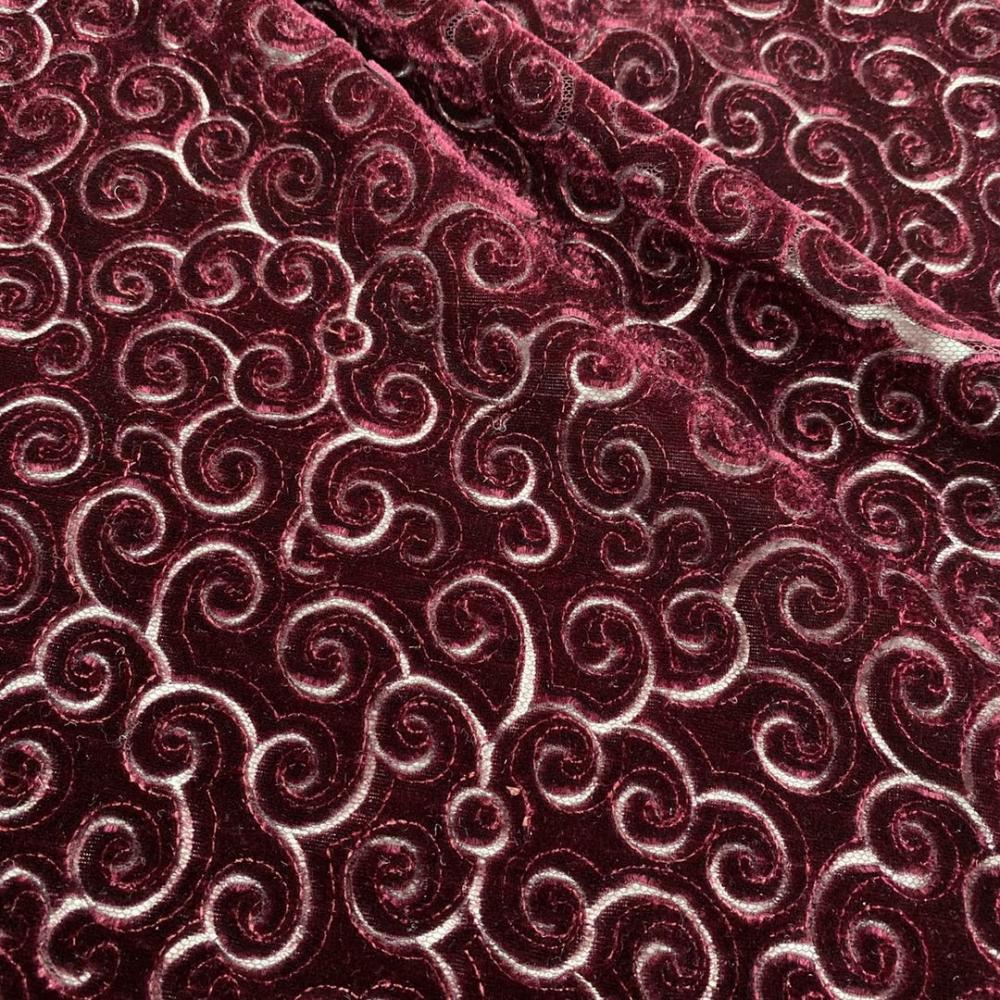The polypropylene fiber is polymerized from propylene, and the solution is spun. Because there is no polar group on the macromolecule, the intermolecular force is small, and since the molecular chain is relatively soft, the glass transition temperature of the polypropylene is below 0 °C, and the polypropylene is used for the fiber. Isotactic polymerization must be used to make the atoms and groups in the polypropylene macromolecules regularly arranged in three dimensions, the melting point can reach 165-170 ° C, the molecular weight of the polypropylene resin is small due to the small attraction between the propylene molecules. At 200,000 or more, the melt viscosity is large, so the melt temperature at the time of spinning is controlled to be higher than the melting point by 100 ° C or more, generally 285 ° C or higher. The molecular chain of polypropylene is soft and regular, and it is easy to crystallize during the spinning process. The crystallinity of the primary fiber is up to 50%, and the temperature of the silk chamber is controlled below 30 °C during spinning, so that the primary fiber produces unstable pseudo hexagonal crystal. In order to facilitate stretching in post processing. The preparation of the crude polypropylene fiber can also be carried out by a film-making short-spinning machine, and the cured film from the extruder is slit into fibers by a grooved roller. The polypropylene density is 0.91g/cm', which is the lightest weight of the chemical fiber. The fiber is not hygroscopic. The moisture regain under standard conditions is close to zero. There is no obvious change in the performance under dry and wet conditions. Since it is not hygroscopic and difficult to dye, the pre-spinning dyeing method can be used to solve the problem of dyeing of polypropylene, but the chromatogram is not complete. 3D Embroidery Fabric
The 3D Embroidery Fabric includes 3D Sequins Embroidery Fabric.3D Velvet Laser Cut Embroidery Fabric.3D Multicolor Embroidery Fabric.
3D Velvet Laser Cut Embroidery Fabric
3D Multicolor Embroidery Fabric
The products is in soft handfeeling and suitable for children dress.evening party dress .garment dress etc.
3D Lace Fabric,3D Embroidery Fabric,3D Spangle Embroidery Fabric,3D Chemical Embroidery Fabric SHAOXING MINGHEE EMBROIDERY CO,LTD , https://www.zjembroideryfabric.com
The strength and initial modulus of polypropylene fiber are higher, close to polyester, and the wear resistance and elasticity are good. However, when the load increases, the creep elongation of polypropylene is greater than that of polyester, and the modulus and breaking strength under high stress are higher than that of polyester. Therefore, polypropylene is a tough fiber.
The glass transition temperature of polypropylene is very low, so the heat setting effect is unstable. The softening point is 140-150 ° C, the melting point is 165-173 ° C, one side melts in the flame, and one side slowly burns.
The thermal conductivity is the lowest in the fiber and the insulation performance is good. Polypropylene is a carbon chain polymer. The macromolecular chain has no weak links and has good chemical stability. Besides being destroyed in oxidizing acids such as chlorosulfonic acid and concentrated nitric acid, it has good resistance to other acids. Strong alkali resistance, except for concentrated caustic soda, other bases have no effect on polypropylene strength. Polypropylene is resistant to common organic solvents such as ethanol, ether, benzene, acetone, gasoline, tetrachloroethylene, swells in hot benzene and gasoline, and is soluble in hot chlorobenzene, tetrahydronaphthalene and decalin. .
Polypropylene has good electrical insulation properties, but it is easy to accumulate static electricity during processing, and pure polypropylene fiber can be poorly spun.
The polypropylene fiber is easy to age because the hydrogen atom on the tertiary carbon atom in the macromolecular chain of the polypropylene is quite active, and is susceptible to light, heat and the like to generate an active radical, and causes a radical linkage degradation reaction, which causes the macromolecular chain to break. It has been tested that the isotactic polypropylene fibers are stored at 50 ° C for one year and the fibers lose their usefulness. In order to prevent aging, anti-aging agent is often added to the spinning to slow down the aging process. The effect is better with o-hydroxybenzophenones and metal organic compounds containing nickel. Adding 1% to 3% graphite is most effective in preventing photosensitive aging. But not suitable for making white fibers.
Polypropylene fiber has been rapidly developed due to its low manufacturing cost, small specific gravity and excellent physical and chemical properties. In addition to its large amount used in the manufacture of industrial fabrics and non-woven fabrics, it has also been used for clothing, especially because polypropylene has a wicking effect. The capillary in the fabric transfers the water vapor, which does not absorb any of the skin, keeps the skin dry, and can make sportswear, strong physical labor and other permeable fabrics.


